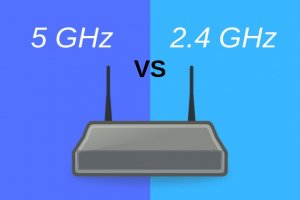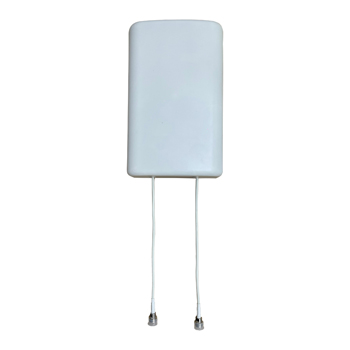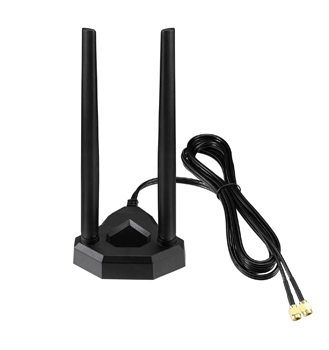
What is MU MIMO Technology and Why Do You Need It?
MU-MIMO stands for multi-user, multiple input, and multiple outputs. It is a wireless technology that uses multiple antennas for communication. It was first introduced in 2015 as part of the Wi-Fi 5 (802.11ac) standard, with the Wi-Fi 6 (802.11ax) protocol adding MU-MIMO support for uplink. Whenever a single access point needs to communicate with multiple clients, MU-MIMO is used there. We have introduced what is MIMO before and now let’s learn about what is MU-MIMO. What is MIMO We have introduced what is MIMO technology in detail before, most routers can only communicate with a single device at a time. Therefore, when more devices need to connect to a single router, the slower moves because each device has to wait for its turn to send and receive data from the Internet. Similarly, when another new device connects it becomes a little longer. Therefore, MU-MIMO plays an important role by reducing wait time and


















